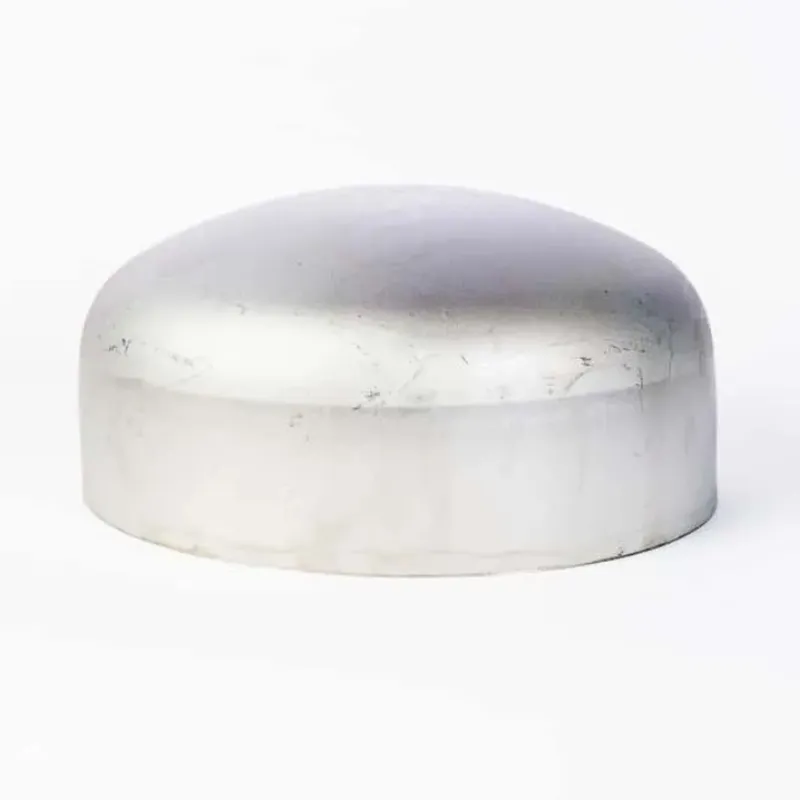-
Cangzhou Yulong Steel Co., Ltd.
-
Phone:
+86 13303177267 -
Email:
admin@ylsteelfittings.com
- English
- Arabic
- Italian
- Spanish
- Portuguese
- German
- kazakh
- Persian
- Greek
- French
- Russian
- Polish
- Thai
- Indonesian
- Vietnamese
- Zulu
- Korean
- Uzbek
- Hindi
- Serbian
- Malay
- Ukrainian
- Gujarati
- Haitian Creole
- hausa
- hawaiian
- Hebrew
- Miao
- Hungarian
- Icelandic
- igbo
- irish
- Japanese
- Javanese
- Kannada
- Khmer
- Rwandese
- Afrikaans
- Albanian
- Amharic
- Armenian
- Azerbaijani
- Basque
- Belarusian
- Bengali
- Bosnian
- Bulgarian
- Catalan
- Cebuano
- China
- China (Taiwan)
- Corsican
- Croatian
- Czech
- Danish
- Esperanto
- Estonian
- Finnish
- Frisian
- Galician
- Georgian
- Kurdish
- Kyrgyz
- Lao
- Latin
- Latvian
- Lithuanian
- Luxembourgish
- Macedonian
- Malgashi
- Malayalam
- Maltese
- Maori
- Marathi
- Mongolian
- Myanmar
- Nepali
- Norwegian
- Norwegian
- Occitan
- Pashto
- Dutch
- Punjabi
- Romanian
- Samoan
- Scottish Gaelic
- Sesotho
- Shona
- Sindhi
- Sinhala
- Slovak
- Slovenian
- Somali
- Sundanese
- Swahili
- Swedish
- Tagalog
- Tajik
- Tamil
- Tatar
- Telugu
- Turkish
- Turkmen
- Urdu
- Uighur
- Welsh
- Bantu
- Yiddish
- Yoruba

Nov . 02, 2024 04:07 Back to list
galvanized pipe fitting
Understanding Galvanized Pipe Fittings An Essential Guide
Galvanized pipe fittings play a crucial role in various plumbing applications across different industries. These fittings are designed to connect sections of pipe, enabling the seamless flow of liquids and gases. Galvanization involves the application of a protective zinc coating to steel or iron pipes and fittings, which significantly enhances their durability and resistance to corrosion.
Galvanized fittings are particularly popular in outdoor and industrial environments where exposure to moisture and harsh elements is prevalent. The zinc layer acts as a sacrificial barrier, meaning it corrodes before the underlying metal, thereby extending the lifespan of the fittings and preventing leaks that can result in costly repairs and safety hazards.
Types of Galvanized Pipe Fittings
There are several types of galvanized pipe fittings available, each serving its unique purpose. Common fittings include
1. Elbows These allow pipes to change direction. Available in various degrees, including 90 and 45 degrees, elbows are essential for navigating obstacles or creating an efficient piping layout.
2. Tees This fitting connects three pipes, allowing for splitting the flow into two directions or bringing two pipes together.
3. Couplings Couplings are used to connect two straight pieces of pipe, a fundamental need in almost any piping system.
4. Flanges These fittings provide a flat surface for bolting pipes together. Flanged joints are crucial in systems that require a secure and sealable connection, such as in high-pressure applications.
5. Cap Caps are used to seal the end of a pipe, preventing any flow or leakage, which is vital during maintenance or in systems where not all outlets are needed.
galvanized pipe fitting

Applications of Galvanized Pipe Fittings
Galvanized pipe fittings find applications in various fields, including
- Construction These fittings are widely used in buildings for plumbing, heating, and drainage systems. Their resistance to rust makes them perfect for bringing water or gas into structures.
- Agriculture Many agricultural applications utilize galvanized fittings in irrigation systems, ensuring that water is efficiently delivered to crops without the risk of pipe degradation.
- Industrial In factories and plants, these fittings are often part of larger piping systems that transport chemicals, gases, or steam, taking advantage of their durability and strength.
Installation and Maintenance
Installing galvanized pipe fittings requires a basic understanding of plumbing principles and the right tools. Properly measuring and cutting pipes, and ensuring that all connections are tight and leak-free, is important for a successful installation. Pipe joint compound or Teflon tape is often used to seal threaded joints, further preventing leaks.
While galvanized fittings are highly durable, they are not impervious to corrosion over time. Regular inspections are recommended to ensure that there are no signs of rust or wear. If any corrosion is detected, the affected fittings should be replaced to maintain the integrity of the entire piping system.
Conclusion
Galvanized pipe fittings are a robust and reliable choice for various plumbing applications. Their ability to resist corrosion makes them ideal for outdoor and industrial use, ensuring a long service life. Understanding the various types of fittings and their applications can help individuals and businesses make informed decisions about their plumbing needs, contributing to the overall efficiency and safety of their systems.
Latest news
-
ANSI 150P SS304 SO FLANGE
NewsFeb.14,2025
-
ASTM A333GR6 STEEL PIPE
NewsJan.20,2025
-
ANSI B16.5 WELDING NECK FLANGE
NewsJan.15,2026
-
ANSI B16.5 SLIP-ON FLANGE
NewsApr.19,2024
-
SABS 1123 FLANGE
NewsJan.15,2025
-
DIN86044 PLATE FLANGE
NewsApr.19,2024
-
DIN2527 BLIND FLANGE
NewsApr.12,2024
-
JIS B2311 Butt-Welding Fittings LR/SR 45°/90° /180°Seamless/Weld
NewsApr.23,2024











